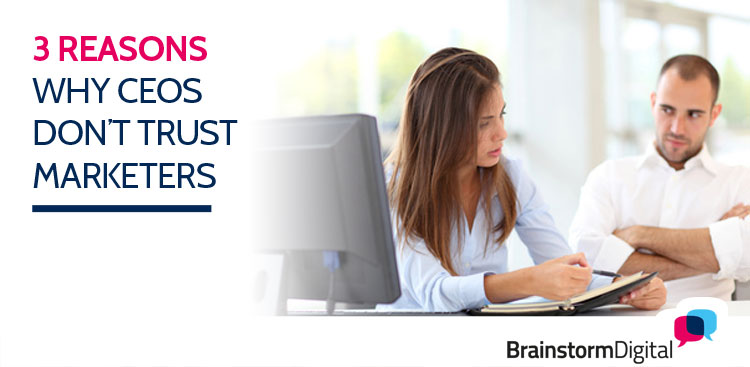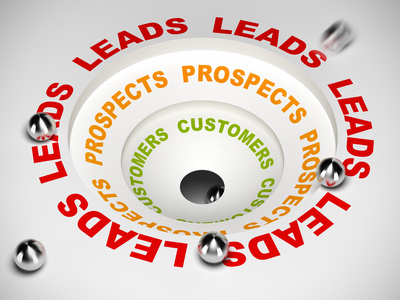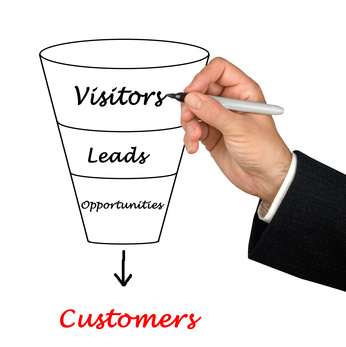 More than 10 years have passed since the launch of Facebook and LinkedIn, yet many CEOs continue to regard social media as a “nice to have” rather than a serious channel for growing their business. Why are they so resistant?
More than 10 years have passed since the launch of Facebook and LinkedIn, yet many CEOs continue to regard social media as a “nice to have” rather than a serious channel for growing their business. Why are they so resistant?
A lot of it has to do with their general distrust of marketers.
According to a survey by Fournaise in 2011, 73% of CEOs felt Marketers lacked credibility. There were 3 key reasons they gave:
- They keep on talking about brand, brand values, brand equity with little connection to revenue, sales or even market valuation (77%)
- They focus too much on the latest marketing trends but can rarely demonstrate how these will help them generate more business (74%)
- When asked to increase their Marketing ROI, they tend to understand it as cost cutting instead of top-line growth generation: more revenue, more sales, more prospects, more buyers (73%)
Unfortunately, little has changed in the last 4 years. Marketers are responsible for social media and continue to focus on brand awareness and engagement rather than its contribution to the bottom line. It’s therefore not surprising that many CEOs don’t buy into social media. For some time it has been argued that you can’t measure ROI from social media. This argument is understandable as customers rarely buy as a direct result of social media. It will typically be one of several touch points before they buy. For example, it might be your Facebook page that first arouses their interest, but it may be weeks or months later till they actually buy and when they do, it may be through a different channel such as a Google search. But this argument no longer holds water:
- You have far better tools for measuring the customer journey. Even if they don’t buy as a result of Facebook, you can measure the contribution that Facebook made to your sales through tools such as Google attribution modelling.
- Where visitors buy over the phone, you can still measure how they arrived at your website through software such as Call Tracks. For other offline business such as face-to-face meetings that generate business, you can use a CRM systems such as Salesforce to measure the channels that customers used to find and connect to you.
- There are a number of data capture tools available such as Unbounce that help you convert social media visitors into enquiries. For example you can drive Facebook visitors to a webinar. Once visitors have registered, you’ve captured their contact details and can add them to your sales funnel.
- Marketing Automation solutions such as Hubspot and Marketo enable you to join up your social media activity, your website and your lead generation activities so that fewer prospects fall through the cracks.
And it’s not just technology that’s changed. Attitudes are starting to change too. Already three years ago, Hubspot released the results of a groundbreaking survey that showed nearly 3% of Linkedin visits were converting into leads. B2B Marketers are actively reaching out to prospects on LinkedIn and converting them into customers.
 The challenge that lies ahead is how to measure buyers that come indirectly from social media. If you meet a customer whom you connected to through LinkedIn, it’s obvious where your business came from. Detecting how an online shopper first came across your website is a bit more of a challenge, but no longer impossible.
The challenge that lies ahead is how to measure buyers that come indirectly from social media. If you meet a customer whom you connected to through LinkedIn, it’s obvious where your business came from. Detecting how an online shopper first came across your website is a bit more of a challenge, but no longer impossible.
So next time you have a great idea for your Facebook campaign and want management buy-in, start thinking strategically. How can you drive your Facebook audience to your website? How can you measure their impact on your sales? If you can’t prove the contribution your social media campaign has made to your bottom line, you’re unlikely to get your boss’s approval.



